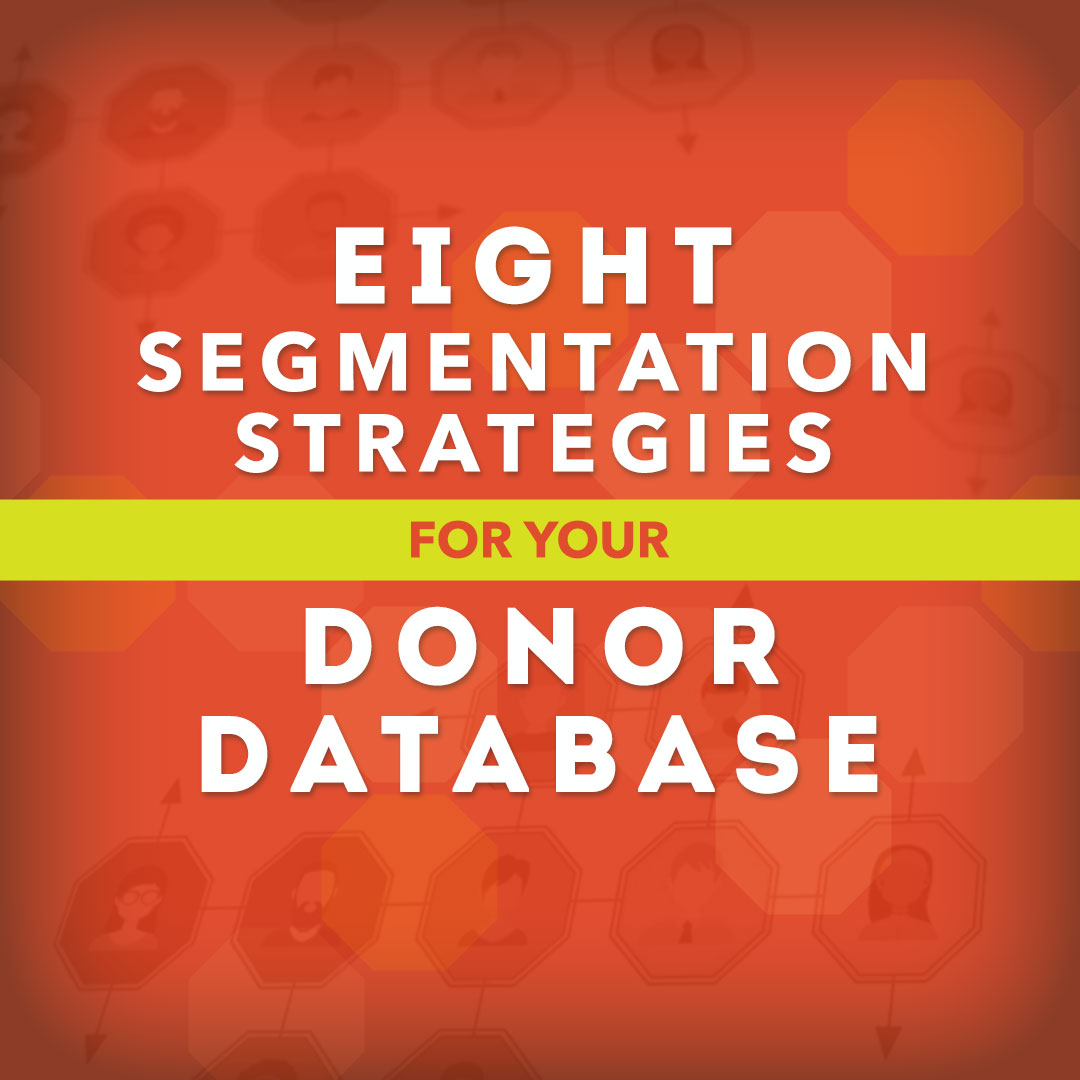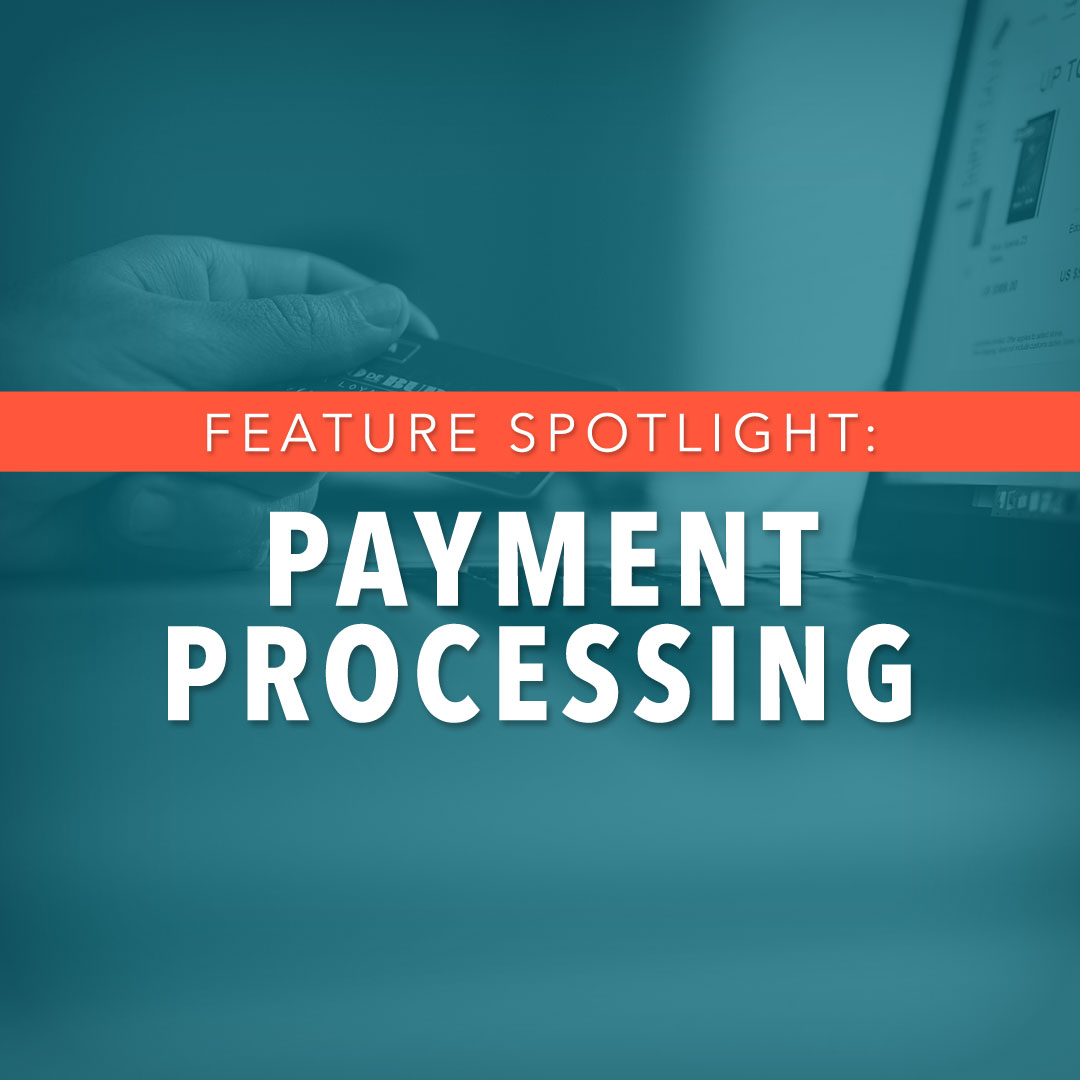In the donor development world, there are two kinds of people in your audience: leads and donors. A donor is someone who has already bought into the work that you’re doing enough to give some kind of gift to you. A lead is someone who might have interacted with you on some level but hasn’t yet committed to giving or volunteering with your organization.
The goal of any donor development team is to motivate those leads to become donors. But when is the right to time to make an appeal? Is there a moment that’s too soon or too late?
Before we get into all of that, let’s first take a look at all of the places where you can start attracting leads right now. People will turn into leads when they engage with you on any kind of level. There are many steps that individuals can take to indicate that they’re interested in you. Here are a few of the ways and places where you can encourage new people to begin interacting with you.
- Email signups. If you do any kind of weekly or monthly email communications, you should have an email signup form on your website so that people can opt-in to hear from you. This is a great way for newbies to learn about you.
- Have a signup form on the home page of your website
- Have a signup form in your footer so that people still have the option to sign up when they leave the home page and travel throughout your site.
- Consider adding a pop-up box to your site that prompts people to sign up after they’ve been on your website for a few seconds. Although these types of antics may seem annoying—they still prove to be effective, so try it out.
- Update your Facebook button on your organization’s Page to say “Sign Up” and connect it with your email sign-up form.
- Gated content and resources. If you ever produce any kind of whitepaper or downloadable resource about the work that your organization is doing, make it gated. This prompts people to enter their name and email address in order to access the content AND it shows you that they trust you enough and value your content enough to provide their information in return.
- Gather information at events. If you ever throw any kind of event, make sure to have iPads in place to allow people to sign up to stay in touch. Use this information to send personalized emails to the attendees afterward thanking them for their attendance and offering more resources or ways to stay in touch.
- Hold online contests. Having a contest that anyone can participate in is a great way to get new people involved in your organization. For instance, the contest could be to share a social media graphic that has your branding on it, paired with a hashtag. You’ll choose a winner from the hashtag to win a top-dollar prize. Make sure people will actually want to win the prize so that you have a lot of participants.
- Social media ads. Prompt people to check out a new video showing your impact or a story of change. When they get to the landing page, include a sign up form for them to get even more content just like the above.
After you have someone’s information, you can start building a relationship with them. Start with an onboarding welcome workflow. Every time you gather new contact information and it gets entered into your system, you should have a workflow in place to contact those people and welcome them to the organization. For best tips and practices on welcoming workflows, check out this recent post we wrote on the topic.
Somewhere along the line, you need to ask people to give, and every organization goes at this differently. The only thing that you don’t want to do—don’t ask for their money as soon as you get their information. You need to welcome them first, get them acquainted with the organization, keep them excited about your work, and then ask them to give.
Some organizations have a system in place where an appeal workflow or a direct mail appeal is sent out once a lead has met or completed four or more qualifying triggers. Those triggers could be anything from sharing a social media post, downloading a resource, opening a newsletter email, etc. Once they’ve taken those steps, it shows that they are interested enough in your organization and your work to stay up to date on what you are doing.
Other organizations will simply go by time. If it’s a month after their information has been collected and the lead has completed the welcoming and onboarding processes, then they get entered into regular communications and start receiving appeals.
Whatever your approach, there are two things you need to remember:
- Don’t ask for money right away.
- Don’t just send them the regular appeal that you’re sending to all of your other donors the first time you ask them for their money.
If you ask too soon before they’ve gotten a chance to get familiar with you, the appeal won’t even faze them—in fact, it might even offend them, leading to a high unsubscribe number. And it goes without saying, winning over a lead the second time around is even more difficult. Secondly, if you send them too general of an appeal without any customization or personalization, they won’t feel special to you. For instance, it might make them feel like you didn’t even notice that they’re new to the organization, causing them to once again drop off or ignore the appeal.
You have one chance to make a good first impression. So set up your lead generation tactics, start collecting leads, funnel them into a personalized onboarding campaign, and when you decide to ask them for money, personalize it even more—make it evident to your lead that you know they’re new, that you’re excited to have them be a part of your family, and you’d be honored if they joined in on the work you’re doing.


-1.jpg)







